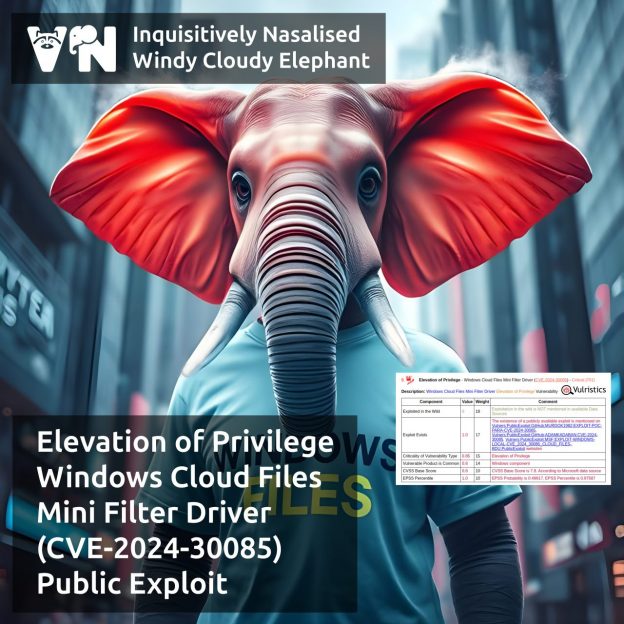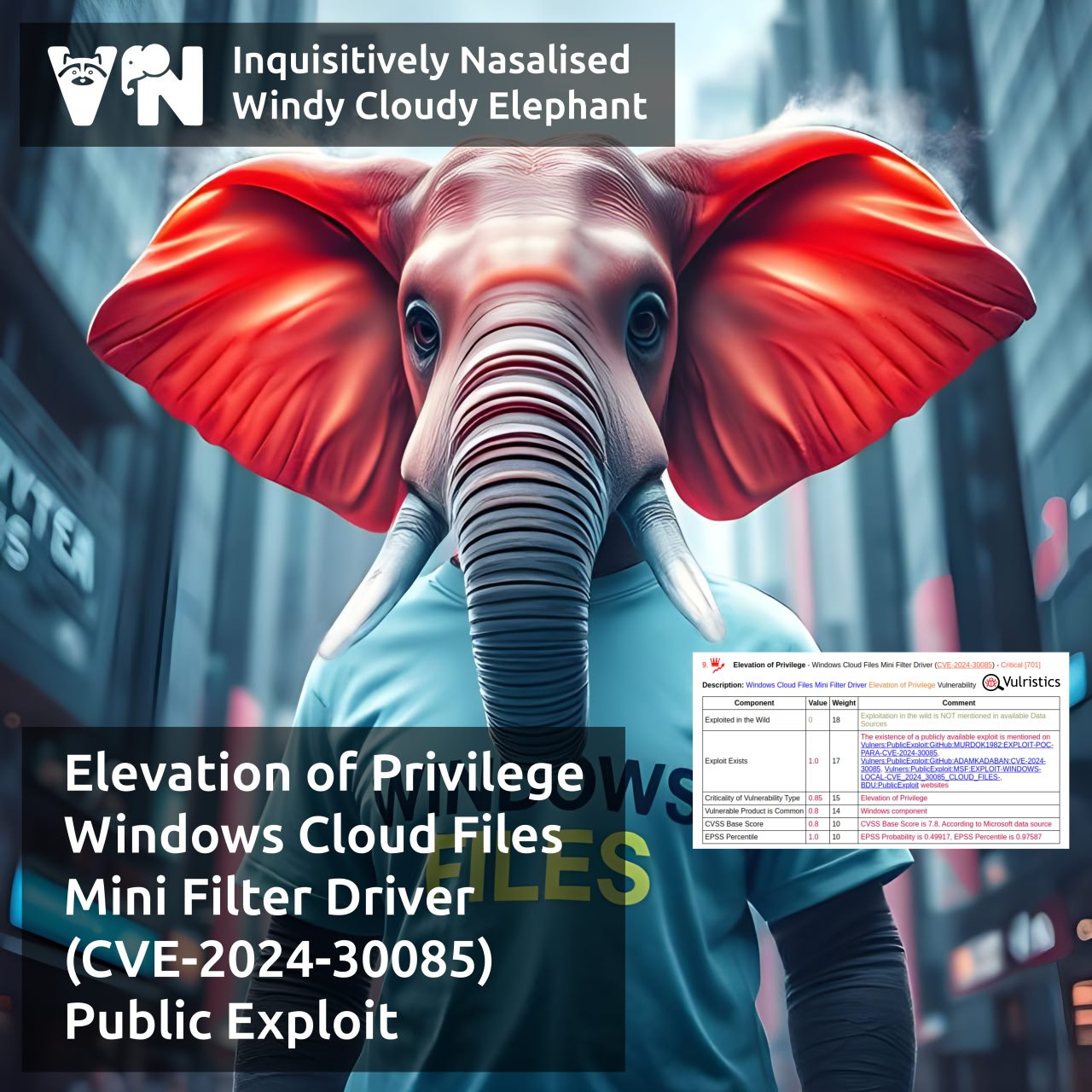
April Microsoft Patch Tuesday. A total of 153 vulnerabilities, 2 times more than in March. Of these, 32 were added between the March and April MSPTs. Three vulnerabilities show signs of exploitation in the wild:
🔻 EoP – Windows Common Log File System Driver (CVE-2025-29824). An attacker can gain SYSTEM privileges. No technical details yet.
🔻 SFB – Microsoft Edge (CVE-2025-2783). Sandbox escape with an existing PoC exploit.
🔻 RCE – Microsoft Edge (CVE-2025-24201). Originally reported as a WebKit vuln on Apple OSes. 🤷♂️
Microsoft also patched vulnerabilities in Kubernetes with known exploits (CVE-2025-1974, CVE-2025-1097, CVE-2025-1098, CVE-2025-24514, CVE-2025-24513)
Other notable ones:
🔹 RCE – LDAP (CVE-2025-26670, CVE-2025-26663), TCP/IP (CVE-2025-26686), Microsoft Office (CVE-2025-29794, CVE-2025-29793), RDS (CVE-2025-27480, CVE-2025-27482), Hyper-V (CVE-2025-27491)
🔹 SFB – Kerberos (CVE-2025-29809)













